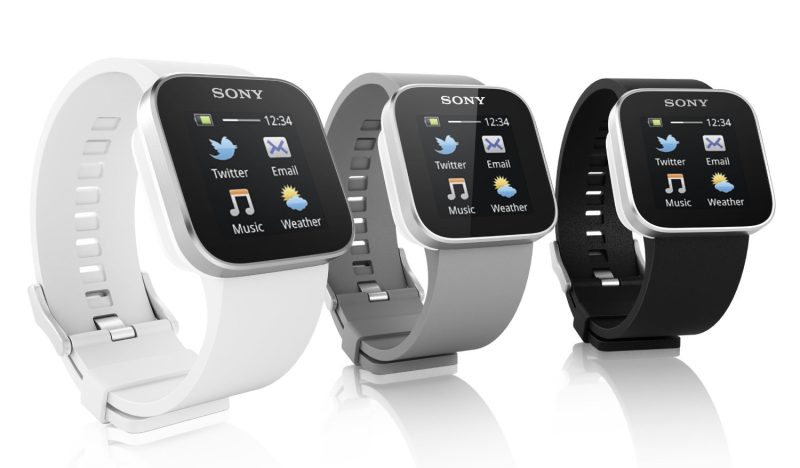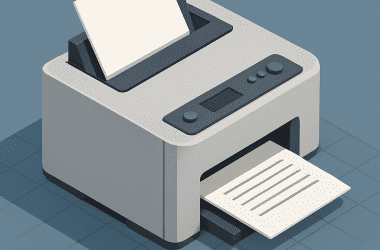It’s fair to say that every few years the technology world tends to throw us an oddball. Either it will flop like the Google Glass, or be a massive hit like the original Galaxy Note.
With the sudden emergence of the smartwatch, people are now beginning to ask whether owning one is actually worth it, which is shaky ground for any product.
So, what is the point?
Aside from the obvious fact of being able to answer your phone via your wrist, users are able to browse the internet, check emails and social media, and even make mobile payments; nearly everything that a phone can do. But on your wrist.
But is it more convenient?
Well, that depends what you’re doing, as at some point you’re still going to have to use at least one hand to engage the device when receiving a call for example.
On the other hand (pun intended), smartwatches make video calls so much easier. If you’re on the move or waiting in a queue, no longer do you have to mess about, holding a large phone or phablet in your face. Instead, the smartwatch enables you to video call someone with great ease â a little bit like Dick Tracey.
‘A good smartwatch does three things: it makes it easy to see the time, it makes it easy to see notifications that show up on your phone, and it looks good, so you don’t feel like you’re wearing a computer on your wrist everywhere you go.
‘It should allow you to keep your phone in your bag or pocket and only pull it out for important notifications.â
Are smartwatches cheap?
When it comes down to buying a smart device the good news is that you can pick up a smartwatch for as little as £200 or so. The only hindrance, which is pretty major at the end of the day, is that you’re going to have to buy a phone that is compatible with the watch; meaning that you’ll also need a pretty nifty phone.
That said, the Pebble Steel, which is probably the best purchasing choice on the market at the moment, works for both iPhone and Android devices â and it looks good.
What are the drawbacks?
Fed up with having to charge your phone every day? Well a smart watch will need charging every other day or so, which kind of takes away one of the great things about watches.
On top of this, much like the very first smartphones, we haven’t fully tapped into what a smartwatch might be able to do, so if you shell out £200 today, you could be wearing a dinosaur on your arm in three years’ time.
At the end of the day, watches should be timeless accessories and smartwatches will need updating and replacing every two to three years or so.
Conclusion
The jury is still out on the Smartwatch. Early adopters are generally positive about the everyday use and application of the device, however it is yet to be seen whether or not the mass see it fit for purpose.
Let us know what you think in the comments below.









